Rising Demand in Construction Sector
The porous ceramic market is experiencing a notable surge in demand, particularly driven by the construction sector. As urbanization accelerates in the US, the need for innovative building materials that offer both functionality and aesthetic appeal becomes paramount. Porous ceramics, known for their lightweight and insulating properties, are increasingly utilized in various applications, including tiles, bricks, and insulation materials. The construction industry is projected to grow at a CAGR of approximately 5% over the next few years, which is likely to bolster the porous ceramic market. This growth is further supported by the increasing focus on energy-efficient buildings, where porous ceramics can contribute to thermal regulation and energy savings. Consequently, the expansion of the construction sector is a significant driver for the porous ceramic market, indicating a robust future for these materials.
Environmental Regulations and Compliance
The porous ceramic market is significantly influenced by stringent environmental regulations in the US. As industries face increasing pressure to minimize their ecological footprint, the demand for sustainable materials has intensified. Porous ceramics, which can be produced with lower energy consumption and reduced emissions, align well with these regulatory frameworks. The market is likely to benefit from the growing emphasis on compliance with environmental standards, as manufacturers seek to adopt materials that not only meet regulatory requirements but also appeal to environmentally conscious consumers. This shift towards sustainability is expected to drive innovation within the porous ceramic market, leading to the development of new products that cater to both regulatory demands and market preferences. As a result, the regulatory landscape is a crucial driver for the porous ceramic market, fostering growth and adaptation in the industry.
Growing Applications in Filtration Systems
The porous ceramic market is experiencing growth due to its expanding applications in filtration systems. With increasing concerns over water quality and environmental sustainability, porous ceramics are being utilized in various filtration technologies, including water treatment and air purification. Their unique properties, such as high porosity and chemical resistance, make them ideal for removing contaminants and improving overall system efficiency. The filtration market in the US is projected to grow at a CAGR of around 6% in the coming years, which is likely to positively impact the porous ceramic market. As industries and municipalities seek effective solutions for pollution control and resource management, the demand for porous ceramic materials in filtration applications is expected to rise. Consequently, the growing focus on filtration systems serves as a vital driver for the porous ceramic market.
Technological Innovations in Manufacturing
Technological advancements in manufacturing processes are playing a pivotal role in shaping the porous ceramic market. Innovations such as 3D printing and advanced sintering techniques are enhancing the production capabilities of porous ceramics, allowing for greater precision and customization. These technologies enable manufacturers to create complex geometries and improve the performance characteristics of porous ceramics, making them more appealing for various applications. The market is witnessing a shift towards high-performance materials that can meet the demands of diverse industries, including aerospace, automotive, and electronics. As these sectors continue to evolve, The porous ceramic market is likely to benefit from the integration of cutting-edge technologies, which could lead to increased efficiency and reduced production costs. Thus, technological innovations are a significant driver for the porous ceramic market, fostering competitiveness and growth.
Increased Investment in Research and Development
Investment in research and development (R&D) is emerging as a key driver for the porous ceramic market. As industries seek to innovate and improve product offerings, companies are allocating substantial resources towards R&D initiatives. This focus on innovation is likely to lead to the development of advanced porous ceramic materials with enhanced properties, such as improved mechanical strength and thermal stability. The US government and private sector are increasingly recognizing the importance of R&D in driving economic growth, which may result in funding opportunities for projects related to porous ceramics. Furthermore, collaborations between academic institutions and industry players are fostering knowledge exchange and technological advancements. As a result, the increased investment in R&D is expected to propel the porous ceramic market forward, enabling the introduction of novel applications and solutions.


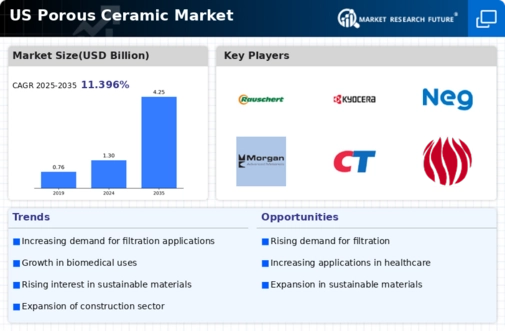
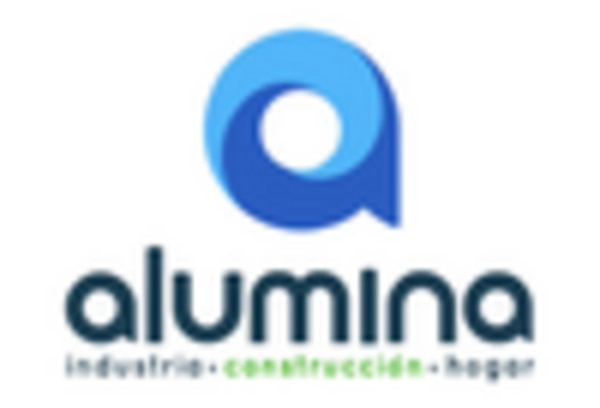
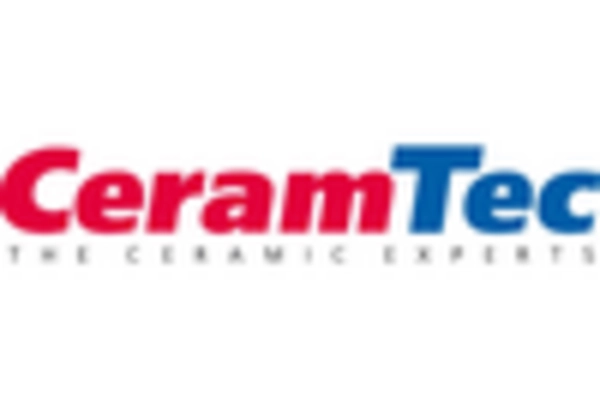

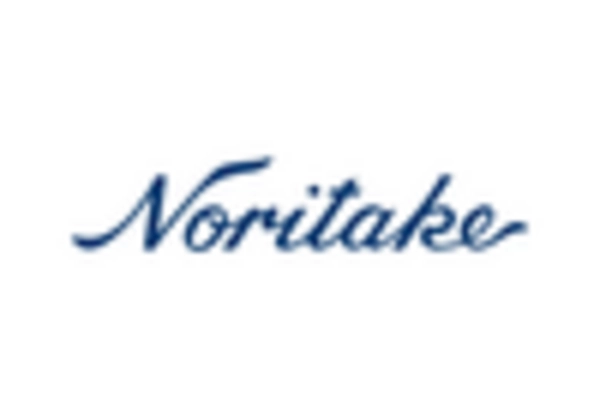
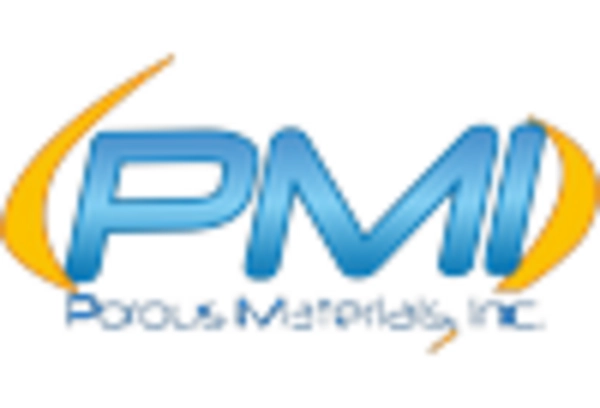









Leave a Comment